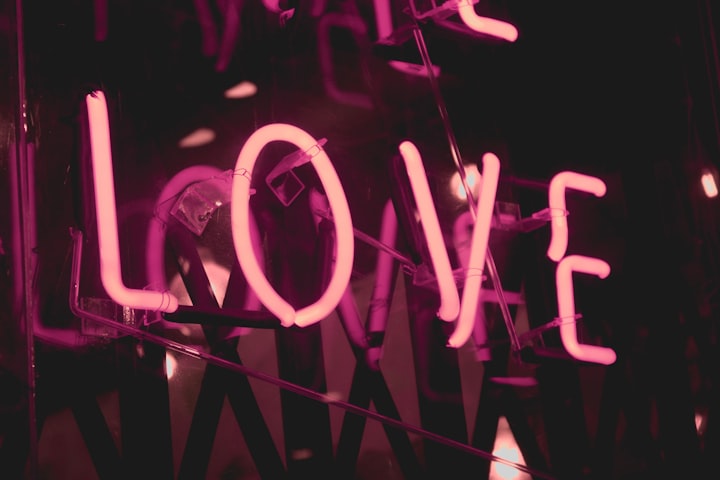Pablo Picasso and His Art
Artist who co-founded Cubism

Artist Pablo Picasso is well-known for his impressive artworks among them abstract paintings such as “Guernica”. There are many museums all over Europe in cities like Paris, France, and Barcelona, Spain which devote entire displays to the art of Picasso. His paintings and artwork can cost more than $100 million at auctions. The artist died on April 8, 1973.
Child Prodigy
Picasso was born on the southern coast of Spain in Malaga in 1881. Supposedly before he could speak he was already drawing. He apparently could draw better than his father, an art teacher when he reached 13 years of age. It was around this time that Picasso was ready to apply to an art school in Barcelona. All students were given a month to complete the entrance examination but Picasso completed this in one day.
Painting Styles
While he was still a teenager Picasso would paint realistic portraits and landscapes. From 1901 – 1906 the artist went through his blue and rose periods and during this time he painted poverty-stricken children and circus scenes.

One of Picasso’s most revolutionary artworks is a distorted portrait of five prostitutes titled “Les Demoiselles d’Avignon” painted in 1907. This particular painting opened the door to the art style Cubism, which is an abstract style that reduces subjects to geometric forms. The artist went on to invent collage in 1912. Doing collage he attached different materials to his paintings such as newspaper clippings and oilcloth. There was an increased emphasis put on color and this brought about a transition from Analytic Cubism to Synthetic Cubism. The artist practiced neo-Classicism and recreated the paintings of other great masters like Edouard Manet, Diego Velazquez, and Eugene Delacroix. He also brought other styles into his art such as Surrealist, Expressionist, Post-Impressionist, and Symbolist.
Creation of Cubism
Picasso led a Bohemian type of life and his friends included other artists and writers among them Henri Matisse, Gertrude Stein, and Max Jacob. He co-founded Cubism with Georges Braque around 1909. At this time the paintings done by Braque were similar to those done by Picasso. Both Braque and Picasso were influenced by Iberian sculpture, African masks, and Post-Impressionist painter Paul Cezanne.
More Than a Painter

Picasso was best known for his paintings however he also liked to experiment with other forms of art such as sculpture, ceramics, drawing, and printmaking. He designed the curtains, sets, and costumes for some ballets from 1917 to 1924. The earliest of his ballet designs “Parade” featured a dancer who later on became Picasso’s first wife and the mother of his first child. In 1935 the artist started writing poetry and wrote two plays in the 40s.
Opposing Spanish Dictator Francisco Franco
The Spanish Civil War started in July of 1936 and military officers led by Francisco Franco began revolting against the democratically elected Second Republic. Picasso being a Republican supporter, completed a series of anti-Franco etchings.
One of his most notable paintings is “Guernica” painted for the 1937 World’s Fair in Paris, France. The painting was inspired by an incident in which Nazi German planes that were flying for Franco bombed the civilians living in the town of Guernica. In his painting, Picasso depicts a wounded horse, a decapitated soldier, a woman with a dead baby in her arms, and other horrific images of war. “Guernica” is an enormous painting over 25 feet in length and could be found at the Museum of Modern Art in New York City during the Franco years. The painting was returned to Spain in 1981 and can be seen at the Reina Sofia Museum in Madrid.
Being an Expat
Picasso left Spain for the first time in 1900 and stayed for a longer time in Paris, France. He moved to Paris permanently in 1904 and never lived in Spain again. Picasso remained in Paris even during WW II when Nazis barred him from showing his artwork. He later moved to southern France and remained there for the rest of his life.
The Most Stolen Paintings
Picasso's paintings have been reported stolen, missing, or disputed many more times than the artwork of other artists. Picasso's paintings have been stolen from Dutch, Greek, and French museums.
Popular Paintings

The Old Guitarist was created in 1903 during Picasso's “Blue Period” when he was almost bankrupt living in Barcelona, Spain.

In 1921 the artist created Three Musicians which is the title of two collage and oil artworks. They're great examples of the Synthetic Cubism style. It depicts a Harlequin, a Pierrot, and a monk, who are said to be Picasso, Guillaume Apollinaire, and Max Jacob.

Girl Before a Mirror was created in 1932, an oil on canvas. The painting depicts Marie-Therese Walter, Picasso's mistress and muse standing before a mirror.

In 1937 an oil on canvas called The Weeping Woman. It depicted a woman weeping into a handkerchief. The woman was Dora Maar, the artist's mistress and muse.
About the Creator
Rasma Raisters
My passions are writing and creating poetry. I write for several sites online and have four themed blogs on Wordpress. Please follow me on Twitter.






Comments
There are no comments for this story
Be the first to respond and start the conversation.